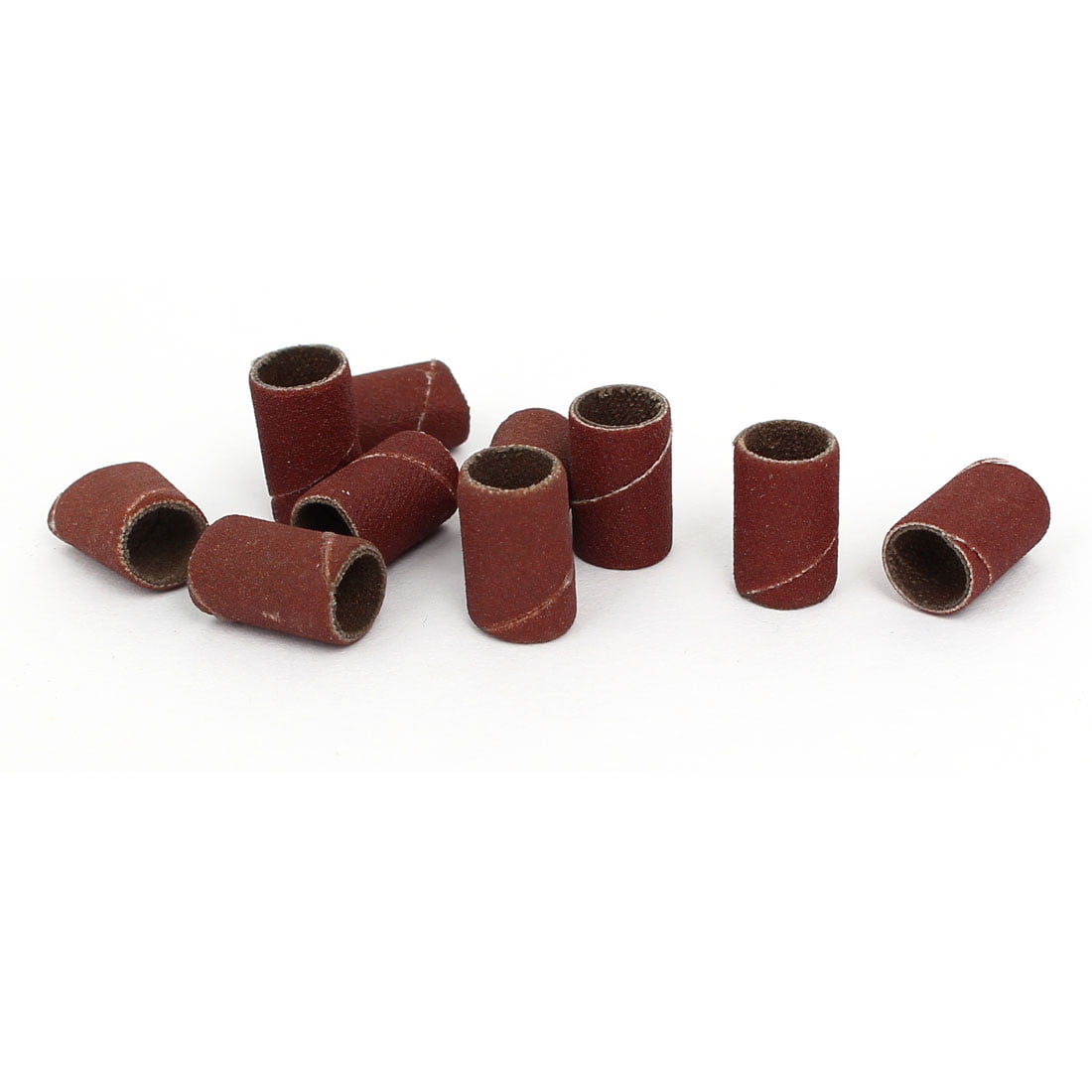

The surface of an engine's piston is a good example, he said. "That gives the added bonus of functionalizing the surface to repel water ever more."Ī tribofilm forms in a chemical reaction on surfaces sliding against each other. "However, the Tour group's idea of introducing select powder materials between the rubbing surfaces during the sand-in process means a tribofilm is formed," Higgs said. Higgs, whose lab specializes in tribology, the study of surfaces in sliding contact, said certain types of sandpaper can provide surface roughness that promotes the desired water-repelling or hydrophobic behavior. The Rice team's best materials showed a contact angle of about 164 degrees. To achieve their super status, hydrophobic materials have low surface energy as well as a rough surface. An angle of zero degrees is a puddle, while a maximum angle of 180 degrees is a sphere that just touches the surface. The greater the beading, the higher the angle. To be superhydrophobic, a material has to have a water contact angle - the angle at which the surface of the water meets the surface of the material - larger than 150 degrees. How well a surface absorbs or repels water can be measured by analyzing the contact angle of droplets that settle there. They also noticed that ice lost 40% of its adhesion strength, even in temperatures as low as minus 31 degrees Fahrenheit.

They found it took water 2.6 times longer to freeze on treated surfaces compared to untreated materials. But grinding in a powder at the same time gives it hydrophobic superpowers.īetter yet, their superhydrophobic surfaces also have excellent anti-icing properties. Fred Higgs III and James Tour, co-corresponding authors of a paper in the American Chemical Society journal ACS Applied Materials and Interfaces, showed that sanding a surface increases its ability to shed water without getting wet. Their technique involves sandpaper, a selection of powders and some elbow grease. Rice University researchers have developed a simple method to make surfaces superhydrophobic - that is, very water-repellant - without the chemicals often used in such processes.


 0 kommentar(er)
0 kommentar(er)
